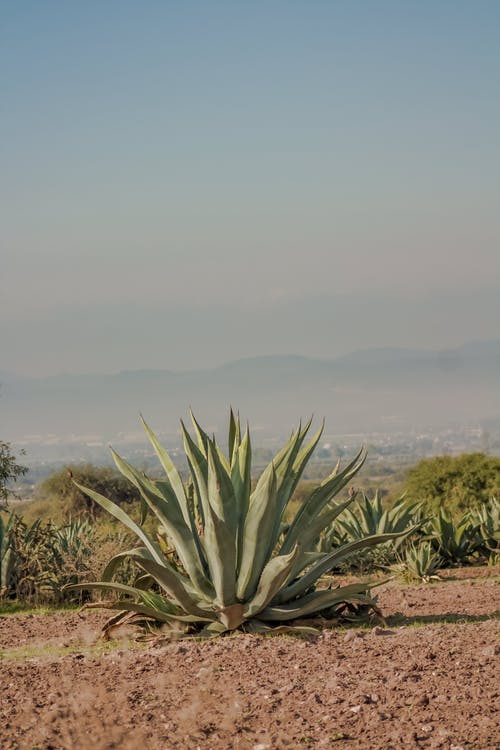Posted: Jul 09, 2020

The perfect mezcal produces a specific type of bubble, and that has surprising implications for understanding fluid dynamics.
For centuries, expert mezcal distillers have tested for “doneness” by examining the bubbles their brews produce. If the alcohol content isn’t just right—if it’s too low or too high—the bubbles go away too quickly, but “just right” mezcal holds bubbles for 30 seconds or more. Now, scientists say, they finally understand why and how the bubble test works.
Mezcal is a category of liquors made from agave, and while tequila is a mezcal, mezcals aren’t only tequilas. Mezcal is made by cooking and then fermenting a specific part of the agave plant. The fermentation can last anywhere from a month to 12 years, and makers test small samples to see how that fermentation is progressing.
“The method used to determine the correct alcohol content is of particular interest: a stream of the liquor is poured into a small vessel to induce surface bubbles. These bubbles, known as pearls by the Mezcal artisans, remain stable for [tens] of seconds only if the alcohol content is close to 50%,” the paper explains.
The makers have used the same process for centuries and have it down to, well, a science. What the researchers wanted to know is what’s powering that science. The study of bubbles breaks down to a combination of factors like surface tension and surfactants—substances that increase the life of bubbles by reducing surface tension.
Overall, these factors add up to a mathematical concept called a Bond or Eötvös number. When they studied the chemical makeup of pure mezcal in the fermentation stage, the researchers found that the Bond number harmonized around the 55% alcohol mark:
“In this investigation, the extended lifetime of pearls was studied both experimentally and numerically. It was found that changes in surface tension, density, viscosity (resulting from mixing ethanol and water), and the presence of surfactants are all relevant to extend the bubble lifetime. The dimensionless bubble lifetime was found to reach its maximum value when the Bond number was close to unity, corresponding to 2 mm Mezcal bubbles.”
The phenomenon is complicated by the Marangoni effect, which also accounts for the “legs” on wine and the way whiskey evaporates. Alcohol and water both evaporate differently and have different surface tensions. This effect is quantified by the Marangoni number, which is one of the other dozens of dimensionless numbers that aid fluid dynamicists.
By Caroline Delbert
July 9, 2020
Source and complete article: Popularmechanics.com
Go-Wine's mission is to organize food and beverage information and make it universally accessible and beneficial. These are the benefits of sharing your article in Go-Wine.com